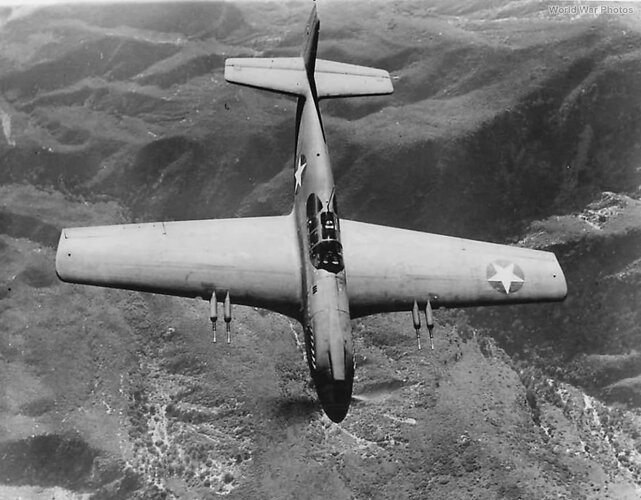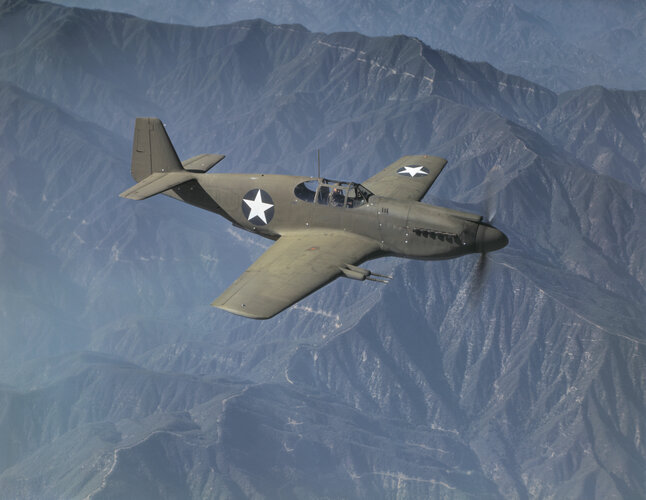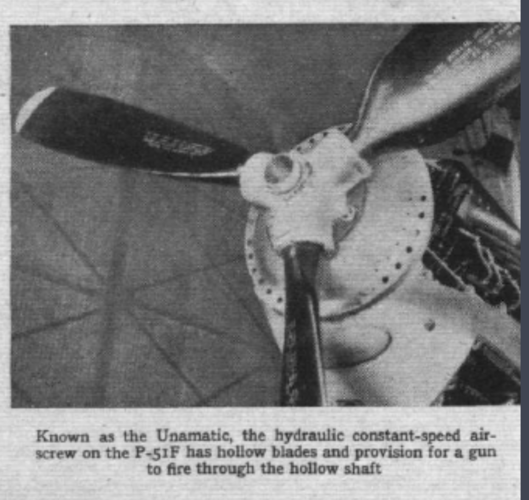Scott Kenny
ACCESS: USAP
- Joined
- 15 May 2023
- Messages
- 11,379
- Reaction score
- 13,846
No evidence, but my money is on the British.Sorry for posting this so late, but the NAA-117 mock up (pre-production P-51H) did feature an armament of 4x20mm Hispano cannons. There's some speculation that this may've been driven by the British, who wanted a cannon armed Mustang for interception/escort fighter use. Any creedance to that, or was the USAAF indeed pursuing a cannon armed P-51?
They quite rightly upgraded to cannons for fighters to take down bombers.





